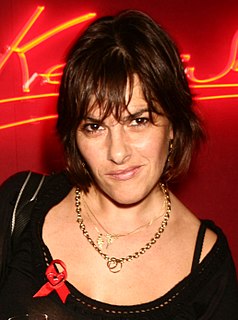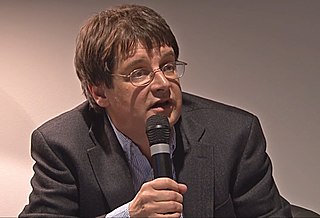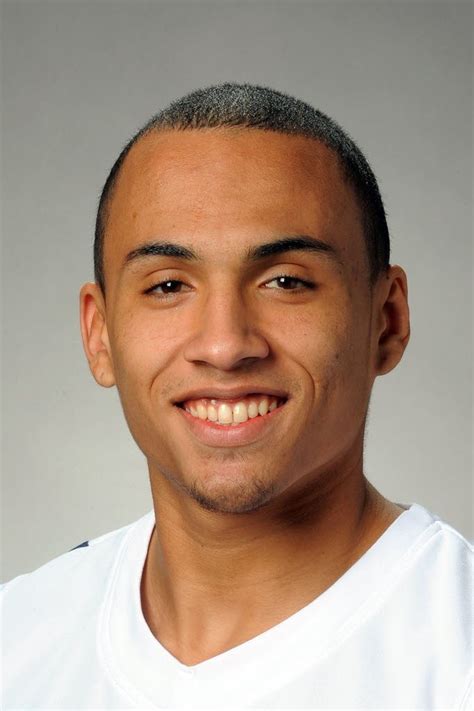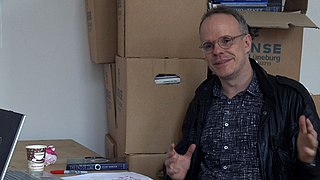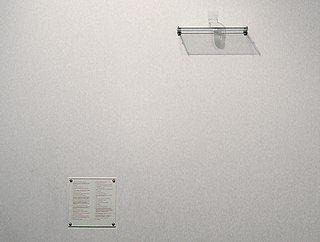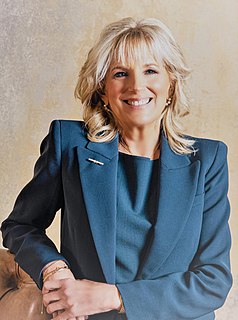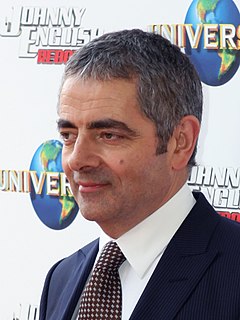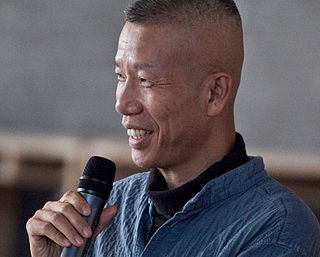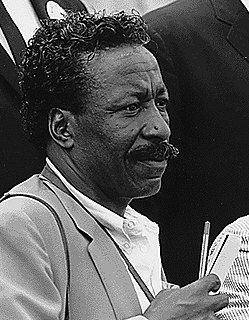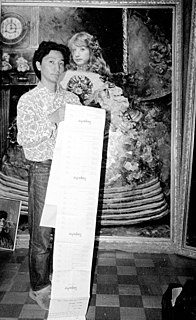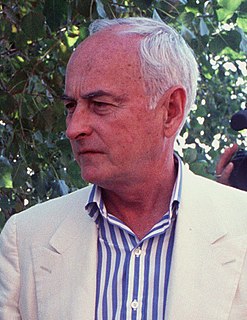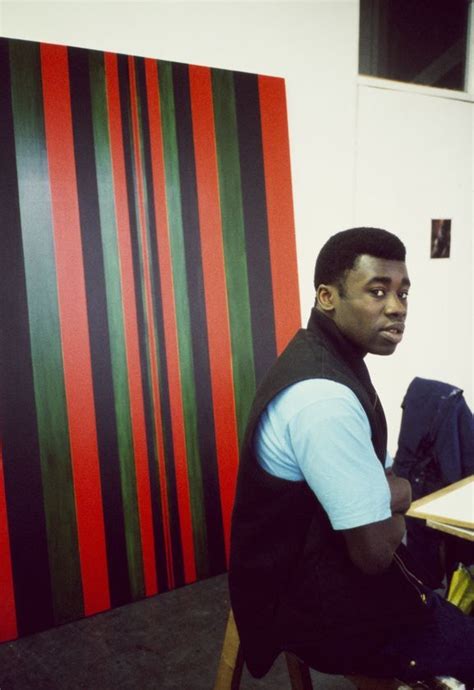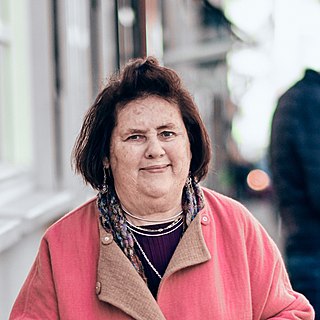A Quote by Tracey Emin
I thought it would be my one and only exhibition, so I decided to call it My Major Retrospective.
Quote Topics
Related Quotes
We thought that using rap would draw a parallel with the protest music from the 60s and 70s that we found through the research for animadoc. When we thought about rap, Emicida immediately came to mind and we decided to call him to create this song bring the audience back to earth and put their feet on the ground. Emicida's song is the only one that has lyrics in actual understandable Portuguese.
Not only had I not expected a random call from Joe Biden, but I could never have imagined he would make that call to ask me out. I've been asked if I was starstruck by the fact that a U.S. senator thought I was worth a call, but I honestly wasn't. I was flattered that someone I'd heard of was interested.
ITV and the production company contacted me and asked if I fancied playing the role [of Maigret]. It took me a long time to decide to do it. In fact, I decided not to. I thought about it for some weeks, and thought 'perhaps not' and it went away for a while, and then it sort of came back. They said 'Are you sure you don't want to play him?', so I thought about it for a lot longer again, and eventually decided that I would.
Lately, I've discovered the Hellenistic bronzes. I'd never really thought about them much, but then there was this marvelous exhibition - many of them Roman, some of them Greek, all kinds of wonderful standing figures or heads or horses. It all suddenly became a passion of mine. I finally got to see that exhibition, which led to the idea of bringing up the statue in the film.
I am not really sure that Diana Vreeland did Yves Saint Laurent a favor, as opposed to the world, by putting that exhibition at the Met in 1983. Because I'm sure that Saint Laurent started looking back at his own work. You see that with artists, don't you? Once they get their first retrospective, it's really hard for them to push ahead.
